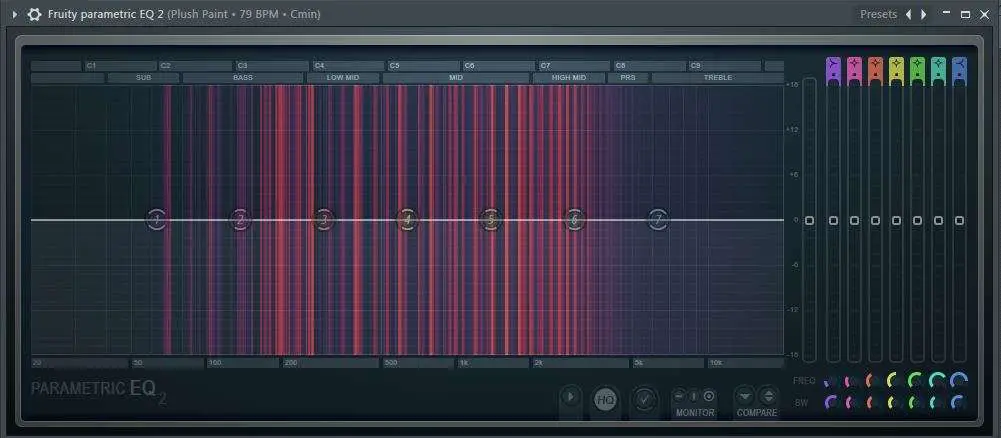
EQ or equalisation is an important aspect of music production. For the newbie, knowing when and why to use EQ is of vital importance because audio production requires a good understanding of various concepts such as EQ.
A question that I run into often is: Should You EQ every track?
This is an important question that requires a good response which is why I decided to write out a full article.
With that said, Should you EQ every track?
It’s not mandatory to EQ every track. The general rule is to EQ a track based on your judgement after listening to it. If you figure out that a specific track doesn’t blend or sit well with other tracks; frequency-wise, you can apply some EQ. If you however notice that a track blends well with other tracks naturally, then you need not apply any EQ.
Applying EQ to sounds or tracks that are perfectly blended well with other elements in a mix.. can easily ruin them if you’re not careful.
wlWhich is why it’s wise to listen to everything and form a judgement based on what you’re hearing.
As a guideline…below are general frequency ranges for various elements of music that can be your guide as you carry out your mixing.
You should apply this knowledge in deciding whether or not to EQ a track.
I should however warn you that mixing sounds.. is a job for the ears. Therefore it is wise to use them as you carry out the process.
With that said, below are various frequency ranges of various musical elements:
50 HZ
These are particularly low frequencies and they are basically the ones that are cut or boosted to either trim down or enhance the low end.
You’ll find most bass instruments like kicks, drums and Tom’s at this frequency range.
Therefore you have the option of cutting the low end or boosting it to make the sound fit well into your mix,
in a situation where you find nothing wrong with your bass instrument then theres no need to use any EQ on it.
100Hz
This is still pretty much the low end of the mix and will be used to either improve bassy sounds and adding fullness to instruments like snares and guitars.
200 Hz
The 200Hz frequency range is most associated with muddiness especially I’m live performance situations.
Therefore whenever your mix exhibits muddiness, you can simply use an EQ to reduce this frequency range here.
Read more about muddy frequencies here
300 – 600 HZ
When you cut these frequencies on your kicks, it will be much sharper, plus it will reduce its boxiness and give it more thickness.
For basslines, boosting these frequencies here will improve their clarity.
Check out more hacks that can help you get a clearer mix.
700 – 800Hz
This frequency range here can help you bring out the bass more without messing up the low end.
Boosting this range of frequencies;
allows you to access upper harmonics to make them alot more audible within the mix.
Reducing this frequency range will help you get rid of the cheap sound of an acoustic guitar.
1 – 4Khz
This frequency range is used to improve the presence of a sound,
for example a bass guitar boosted at this range (around 1.4 – 1.5 Khz) will help you bring out the string sound.
For vocals cutting the 1.5Khz frequencies will reduce the nasal sound.
Around 3Khz is where you boost if you’re looking for punch and a lot of presence.
5Khz
This frequency range adds extra presence to vocals plus it will give instruments like Tom’s a lot more attack.
Cutting the 5Khz will make things sound a lot more distant.
7 – 10Khz
Boosting the 7Khz frequency range can help liven up dull vocals, the 6 -8 frequency can also be reduced to get rid of sibilance.
Everything above 10Khz gives everything a high sheen and air to sounds.
Use this article as a frequency guide for vocals.
Related Articles
Should You EQ Every Track In Your Mix? – Home Music Creator
How Do You Read EQ Frequencies?
10 EQ Mistakes You Don’t Know You’re Making – Pro Audio Files